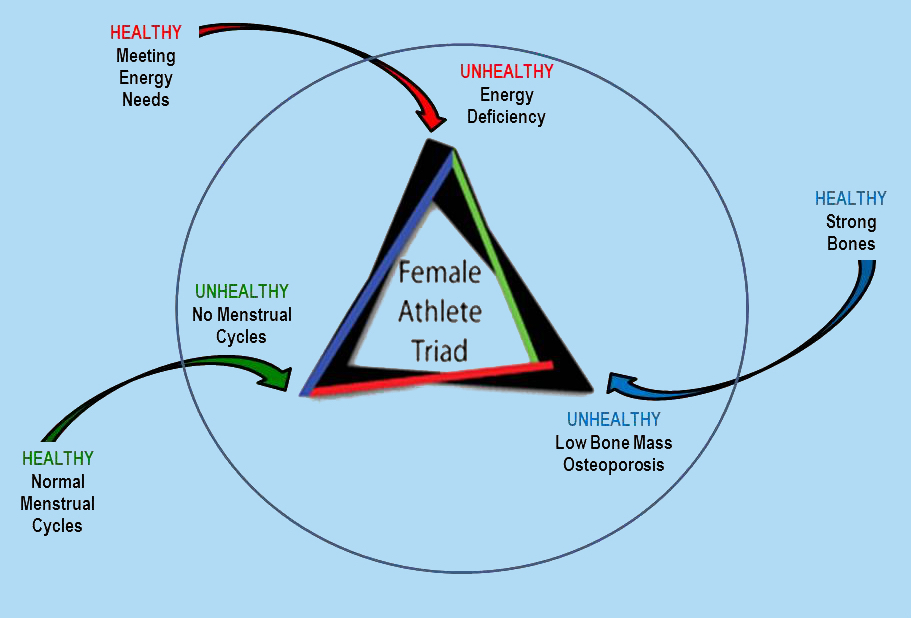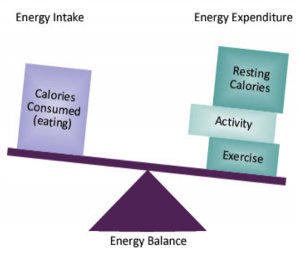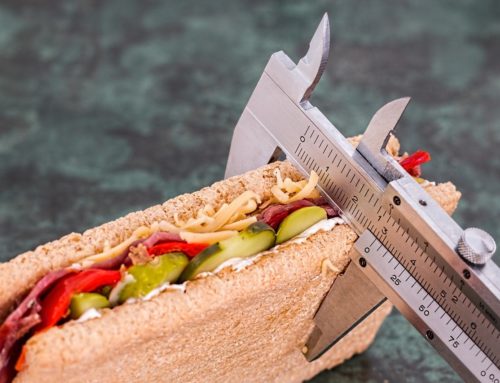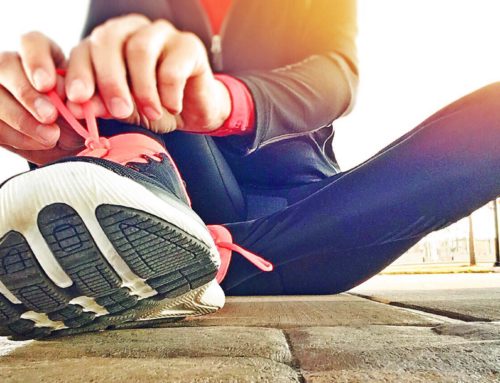
As parents and coaches, we want the best for our athletes. We encourage them to try their best, train hard, and always strive to reach their full potential. Nothing is wrong with this motivation, as long as our players push themselves within reason and never compromise their health by doing so. Unfortunately, this is not always the case.
The Female Athlete Triad is a medical condition that is a growing concern among athletes with a strong determination to excel. Athletes with perfectionist tendencies may overexert themselves and adopt unhealthy, compulsive behaviors to improve performance. A lean body type is often desired in athletics and societal pressures can cause the misconception that “health” looks like “skinny”. Excessive physical activity and restricted dieting can lead to a prolonged energy deficit, the main cause of the Triad. Females diagnosed with the Triad suffer from one if not all of the following three interrelated conditions: low energy (with or without a disordered eating or a clinical eating disorder diagnosis), irregular or missing periods, and low bone density or osteoporosis[i].
The good news is that the Triad is preventable and often reversible if symptoms are recognized early. As parents and coaches, it is our job to educate athletes on the health consequences of the Triad and promote healthy behaviors. But this alone is not enough; we must also be on the lookout for potential warning signs that indicate if an athlete is at risk of developing the Triad.
Common signs to be aware of. [ii]:
- Preoccupation with weight, food, body image, and avoidance of meals.
These are all warning signs of disordered eating and/or eating disorders. More severe signs include weight-control methods such as restricting food, purging, and using laxatives or diet pills. These actions are all warning signs that your athlete may have a clinical eating disorder. If you believe this to be true, seek professional help immediately.
- Excessive or compulsive exercise.
Exercise is healthy, but just like anything else, too much can be a bad thing. Overexertion is detrimental to health and well-being. However, many athletes tend to believe that “more is better” and are unable to recognize their unhealthy tendencies. If you notice your athlete is exercising in addition to the scheduled trainings and/or expressing strong guilt when unable to workout, voice your concerns in an appropriate manner.
- History of depression, perfectionist and/or obsessive tendencies.
Athletes that have a history of struggling with mental health may be at an increased risk of developing the Triad. Perfectionist and obsessive tendencies are often an underlying influencer of overexertion. Depression is often correlated with disordered eating, eating disorders, and isolating behaviors. It is important to regularly check in with your athlete about how they are feeling to ensure that they are in good mental and physical health.
- Recurrent injuries and stress fractures.
The Female Athlete Triad can cause weakening of bones. Athletes that are experiencing repeat injuries and/or multiple stress fractures may likely be suffering from compromised bone health. If recurrent injuries are a concern, see a medical provider immediately. Bone scans can be performed to measure bone density and determine necessary treatment.
- Extreme fatigue and/or mood changes.
The hallmark of the Female Athlete Triad is low energy availability. When athletes are not properly fueling their bodies with adequate nutrition, they deprive themselves of required energy to perform daily functions, let alone exercise training. Extreme tiredness and irritability are common side effects of low energy availability. If your athlete is experiencing increased fatigue or irregular mood swings this could be a sign that their nutritional needs are not being met by their current diet.
Keep an eye out for these signs and symptoms of the Female Athlete Triad. Remember, the Triad is entirely preventable! If caught early, most medical conditions can be reversed with proper treatment, and nutritional treatment is the preferred first line of action. It is important to seek professional attention if you suspect that your athlete is suffering from the Triad. Every athlete deserves to be healthy, strong, and happy. With your help, they can be!

[i] American College of Sports Medicine. (2017). ACSM Information On The Female Athlete Traid. Retrieved from: https://www.acsm.org/docs/brochures/the-female-athlete-triad.pdf
[ii] Brown KA, Dewoolkar AV, Baker N, Dodich C. The female athlete triad: special considerations for adolescent female athletes. Transl Pediatr 2017;6(3):144-149. doi: 10.21037/tp.2017.04.04
Author:
Katie Smith, Pennsylvania State University







